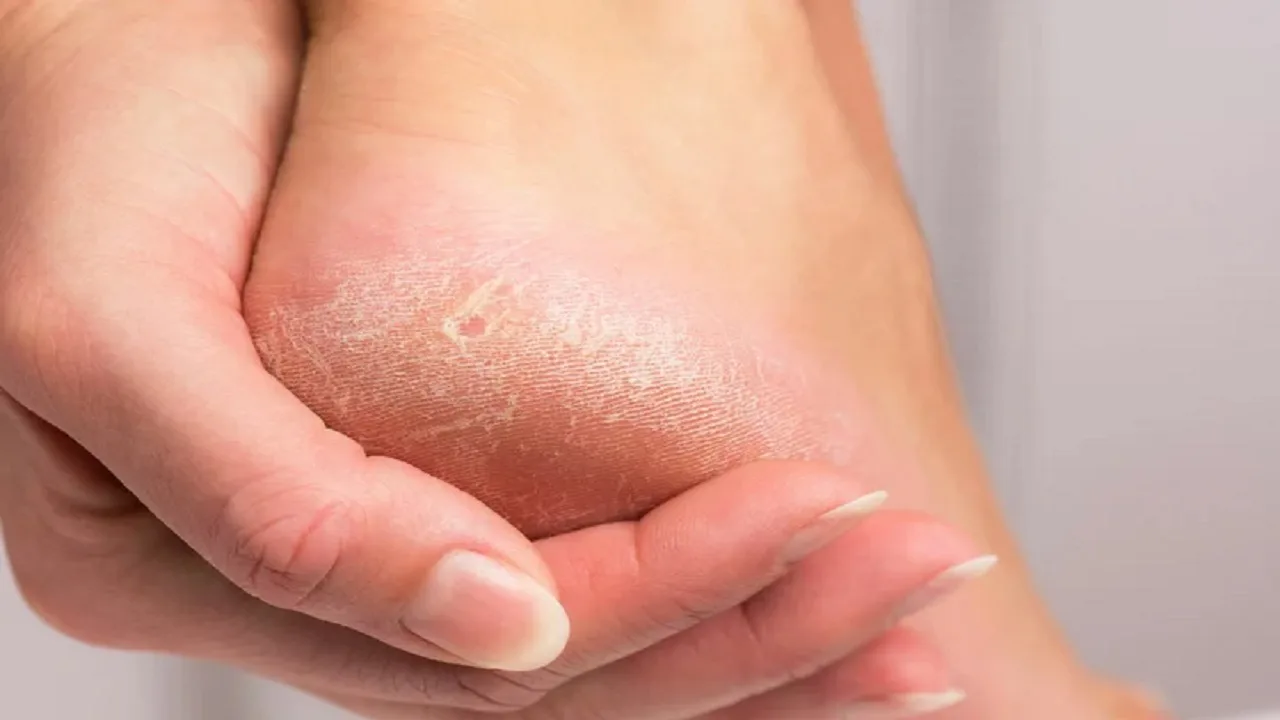Calluses on the feet are unsightly, annoying and can cause pain if they crack and, in the worst case, fissures develop. However, you can’t avoid them completely and if you remove too much, the skin on your feet is left unprotected. This makes it more sensitive to pressure and friction, and blisters can result. We explain how to remove calluses properly and then properly care for your feet.
Why should you remove calluses?
Many people remove calluses for aesthetic reasons. But it is also important to remove calluses regularly for foot health. If calluses are left untreated, they can become drier, crack or swell over time. This can be very painful.
By the way, it is a myth that calluses will return more quickly if you remove them frequently. Quite the opposite: Ideally, you should take care of your feet regularly, apply cream to keep the skin supple and gently remove the unwanted calluses little by little – instead of removing too much at once in one fell swoop.
Even though calluses are considered a visual flaw, you can’t avoid them completely. The hardened areas of skin that often appear on the ball of the foot serve to protect the skin. A certain roughness is important so that the outermost layer of skin is protected from pressure and friction. You shouldn’t work on your feet too aggressively with a grater or other means.
Tip: Make sure to apply cream to your feet regularly! Special foot creams with urea and salicylic acid help against rough patches. You can apply them thickly, put cotton socks on top and leave them to absorb overnight! Creams with aloe vera are also a good choice and have a healing effect.
Foot bath to remove calluses
The first step is to treat your feet to a foot bath, ideally with cooking salt or Dead Sea salt. This cleanses and kills germs. If your skin is very dry, an oil bath with urea is a good option. Baths with avocado oil also provide moisture.
However, you should not bathe your feet for longer than 10 to 15 minutes, as otherwise the skin will become too soft and you will no longer be able to properly see the transition from hardened to healthy tissue. However, this is extremely important in order to remove the hard skin in the next step.
Removing calluses: pumice stone, sponge or callus planer?
There are numerous tools available in specialist shops to help you get rid of annoying calluses. Experts still like to recommend the good old pumice stone, because callus planes can quickly cause damage if used incorrectly and penetrate too deep into the skin layers. Callus sponges are much better, as they can be used to gently remove the upper layers of skin after a foot bath. (Electric) files coated with a type of sandpaper are also a good choice (e.g. the Scholl Velvet Smooth Express Pedi, which switches off if too much pressure is applied and can be cleaned under running water).
